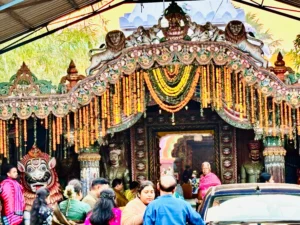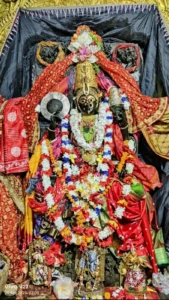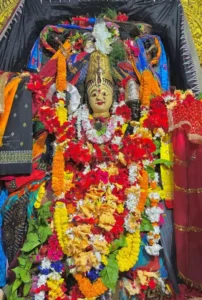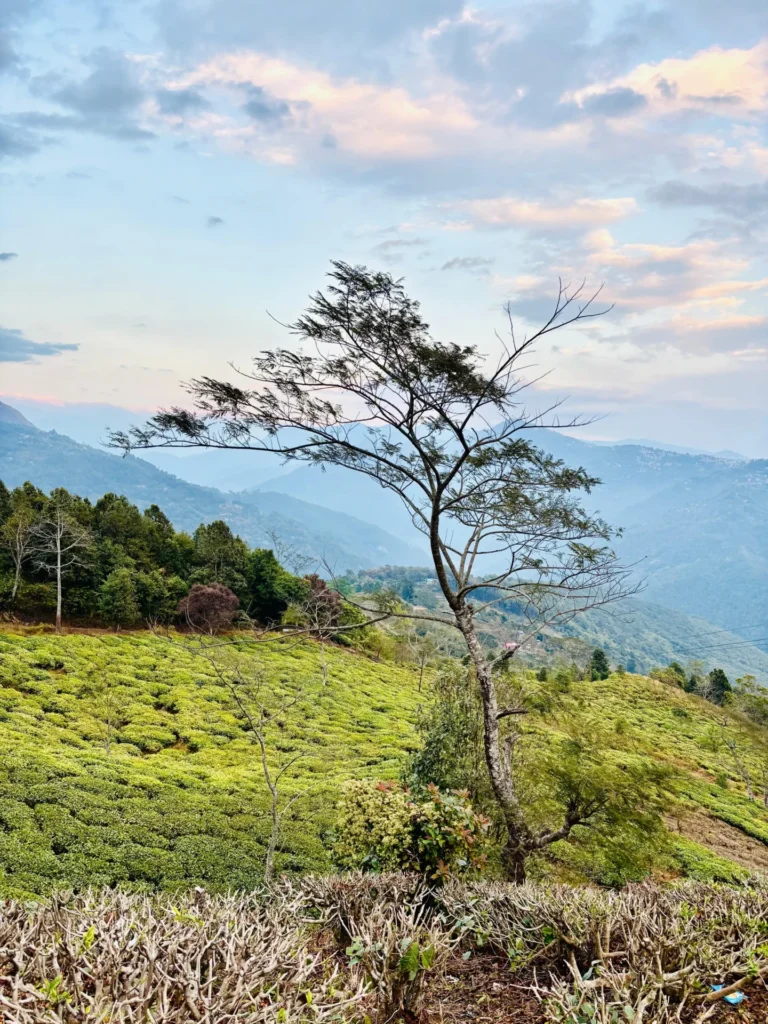Situated in the small, quiet village of Kakatpur in Odisha, the Maa Mangala Temple is more than just a place of worship; it’s a centuries-old faith in this Temple with age-old traditions, and divine energy. This temple holds a sacred place in the hearts of all devotees, who believe in Goddess Maa Mangala, a fierce avtaar of Shakti, that still continues to guide, heal, and protect her devotees.
Various myths throughout the centuries passed down through generations to the deeply spiritual. Hence, the history of Maa Mangala Temple is a mixture of myth, spirituality, and devotion. The temple becomes significantly important and marks its presence in the map during the Navakalevara ceremony of Lord Jagannath, where it plays a hidden yet a very crucial role, known only to those who have followed Odisha’s rich history and Lord Jagannath.

Table of Contents
ToggleThe Origin and History of Maa Mangala Temple
The shrine of Maa Mangla Devi is believed to be several centuries old. It has been mentioned in a lot of ancient scriptures and local legends. While there’s no fixed historical documentation that pins down the exact year this temple was built, according to the legends told by locals suggest that the temple was built by local rulers or devotees who experienced dreams of the Maa Mangla Devi goddess herself.
In the context of Odisha’s religious landscape, Mangala Devi stands out as a guardian deity, a fierce protector who wards off evil and misfortune. The name “Mangala” itself means “auspicious,” and the deity is widely regarded as somebody who would bring a lot of well-being, prosperity, and fertility.

The Sacred Connection to Lord Jagannath
What truly elevates the Kakatpur temple’s beliefs from local faith to regional sanctity is its deep-rooted connection with Jagannath Puri. Every 12 to 19 years, during the ritual of Navakalevara, a sacred event when the wooden idols of Lord Jagannath, Balabhadra, Subhadra, and Sudarshana are replaced, priests from Puri make a pilgrimage to the Maa Mangala Temple.
Why?
Because they believe that it is only Maa Mangala who can guide them in their secretive and spiritual search for the sacred trees Daru Brahmas from which the new idols are carved. The priests sleep in the temple premises, pray with complete surrender, and wait for a vision. It is said that the goddess herself appears in their dreams, revealing the location of the divine neem trees.
This spiritual guidance, passed down only through ritualistic initiation, speaks volumes about the mythological power and reverence associated with Mangala Devi. Her temple is not just a sacred site,it’s a cosmic gateway, linking devine destinies and protecting the secrets of gods.

The Daily Rituals and Unspoken Beliefs
At the Maa Mangala Temple, the day begins before sunrise, as the first light touches ground and the bells fill the air. The priest, after bathing in the nearby Prachi river, enters the temple.
Locals firmly believe that Mangala Devi listens to even the softest whispers of her devotees. She’s not distant but she’s their very own mother listening to their problems and giving them solutions. People talk to her like they would to a mother without any hesitation sharing their life with her. Moments of distress, whether from illness, financial struggle, or personal grief, and after praying to the goddess, they found unexpected relief or guidance. These aren’t just stories, they are proof of the faith people have on her.
Another fascinating belief among the devotees is that the goddess never lets injustice go unpunished. If someone prays with dishonest intent or disrespect, it’s said that Maa Mangala reveals the truth in uncanny ways. There’s a deep, quiet fear among wrongdoers but not because of superstition. It’s a kind of moral compass the temple instills: be true, be humble, and you’ll receive more than you seek.
Symbolism and the Feminine Force
On a symbolic level, the history of Maa Mangala Temple is a celebration of divine femininity. While many temples across India uphold male deities as the primary figures of worship, Kakatpur makes it very clear: it is the goddess who holds the reins here. She is not just a consort or a shadow; she is the beginning, the middle, and the protector of the end.
In a time when many are disconnected from the deeper meanings of spirituality, this temple reminds us of a timeless truth: the divine feminine is not a passive force. She is active, alive, and present in every challenge and every transformation we undergo. She does not ask for blind worship; she asks for sincerity.
Festivals, Fairs, and the Pulse of Devotion
Come Chaitra (March-April), and the quiet village transforms into a vibrant center of devotion during the annual Jhamu Yatra. Thousands of devotees walk on burning embers, holding pots of fire, their bodies painted, eyes glazed in faith. These aren’t circus acts, they’re declarations of gratitude, demonstrations of unwavering belief that Mangala Devi will protect and reward those who surrender completely.
The energy during this time is indescribable. The air vibrates with drum beats, chants, and emotion. It’s in these moments that even non-believers often feel something stirring in them. Maybe it’s the collective energy, maybe it’s the centuries of devotion soaked into the soil or maybe, just maybe, it’s the goddess herself, watching and smiling.

The Guardian of Kakatpur
For locals, the temple is not just a spiritual center, it’s a way of life. People here begin important ventures only after seeking the goddess’s blessing. Newborns are brought here, newlyweds bow before her, and even travelers stop for a moment of silence at the gates. There’s an unspoken understanding: as long as Maa Mangala watches over Kakatpur, no harm shall befall it. Learn more about Maa Mangala Temple history and significance.
Even the natural disasters that occasionally strike coastal Odisha seem to pause at the temple’s threshold. During cyclones, people gather in her premises, believing they are safer under her watch. And history has shown strange cases where while the surroundings may suffer damage, the temple stands untouched. It may not be scientifically explained, but for devotees, it’s all the proof they need.
In many ways, the Maa Mangala Temple isn’t just a temple but a legacy of our faith. There’s something undeniably sacred about Mangala Devi and once you step inside her temple, you can feel her aura, her presence around yourself.


